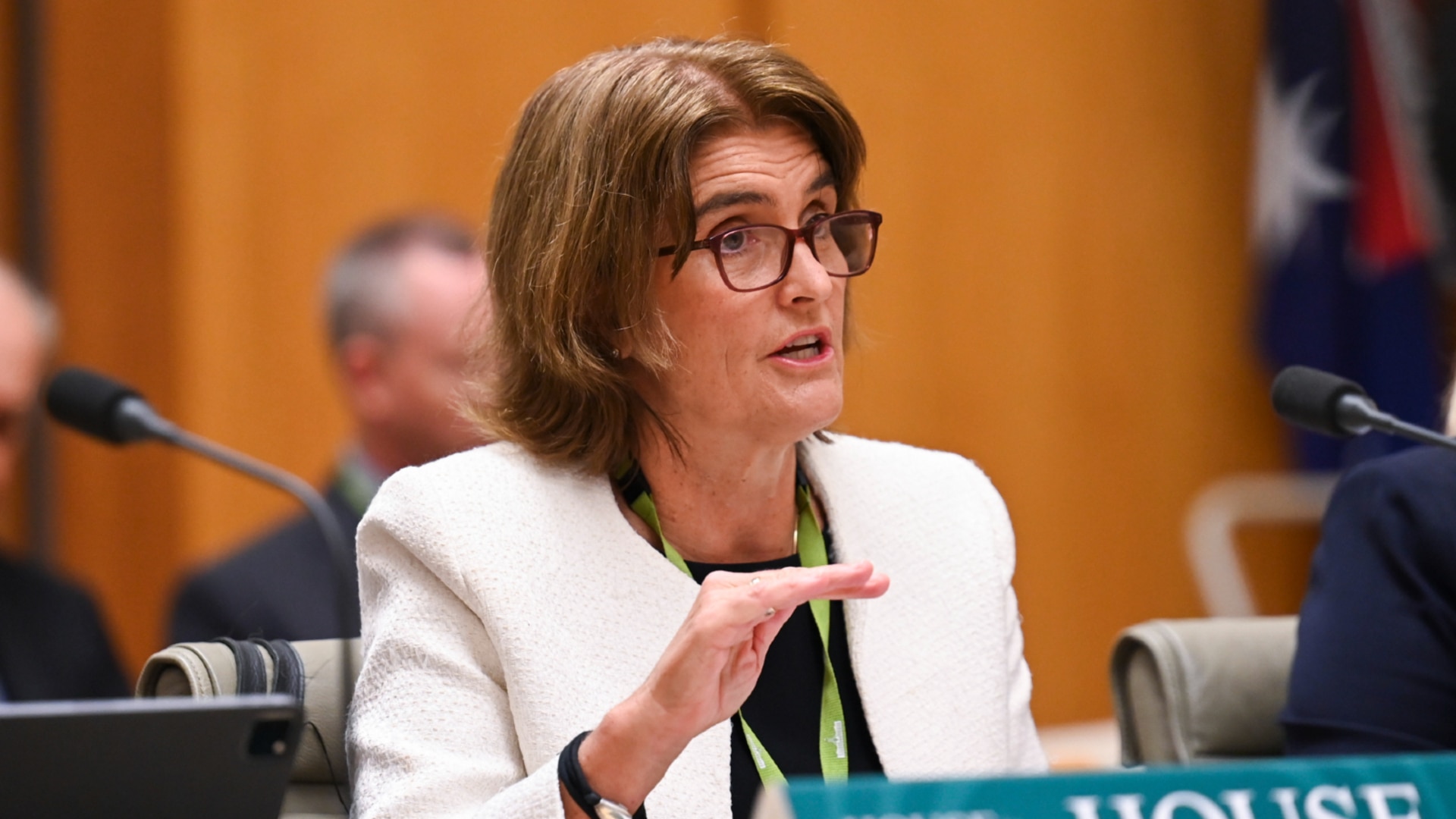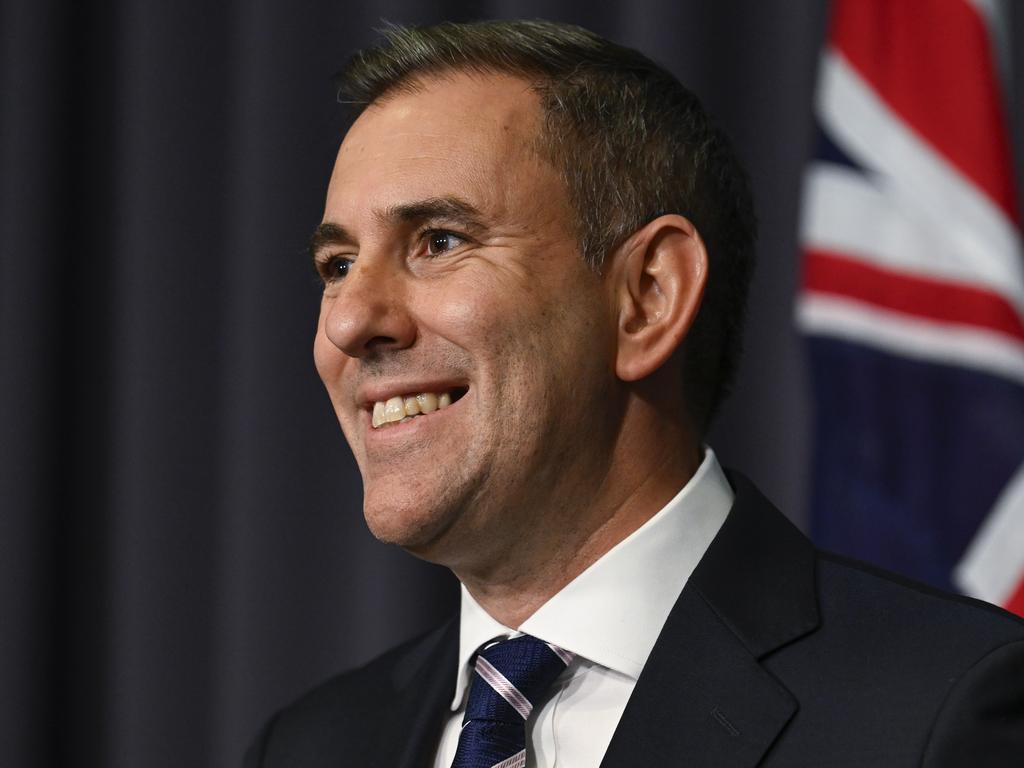Parties backed on cash splurge to ease cost of living, Newspoll shows
Most voters support more government spending to ease cost-of-living pressure despite acknowledging it would lead to higher interest rates.

More than 80 per cent of voters support government handouts and more spending to assist with cost-of-living pressures despite many accepting it led to higher interest rates for mortgage holders, with Labor poised to unleash a big-spending pre-election budget.
An exclusive Newspoll conducted for The Australian shows that even a majority of Coalition voters agree with governments spending more during an inflation crisis – even if it adds fuel to the fire. The view was consistent across demographic boundaries, with 88 per cent agreeing with the principle that regardless of who is in power, governments should spend more to help Australians with the cost of living.
This was despite the strong belief that more government spending directly added to interest rate pressure and caused rates to be higher. The Coalition has sought to make the economic case that Labor’s big-spending programs had prolonged the inflation crisis and caused interest rates to stay higher for longer.
While many voters accept this premise, it is significantly outweighed by the belief that governments should spend more to ease the cost-of-living pressure on households.
A total of 45 per cent said more state spending made interest rates higher, compared to 25 per cent who said it made no difference and only 6 per cent who believed that more government spending made interest rates lower. But 24 per cent said they didn’t know.
With the Albanese government now due to hand down a budget on March 25, having delayed the election timing until May due to Cyclone Alfred, economists fear that the Reserve Bank’s decision to cut rates in February removed a critical guardrail on government spending.
Since the 2022 election, the Labor government has overseen a rise in public spending equivalent to 2 per cent of GDP.
The RBA has previously warned that final public demand, a measure of government spending across state and federal governments, was running too hot.
Treasurer Jim Chalmers has argued that spending measures such as energy payments had reduced headline inflation. However, most economists agree that the spending had kept rates higher. However, 92 per cent of Labor voters supported more government spending during the cost-of-living crisis, with 77 per cent of Coalition voters also supporting it.
This sentiment was strongest among those aged over 50 at 85 per cent, followed by 18 to 34-year-olds at 83 per cent and 81 per cent of those aged between 35 and 49 years. With economic management a top-order issue for the election campaign, Labor will argue its spending was responsible. The Coalition will go to the election with spending cuts of around $100bn, largely aimed at what it claims is wasteful government spending that has prolonging the unprecedented fall in living standards under the Albanese government.

The election remains finely balanced, with Newspoll showing that a hung parliament would be the most likely outcome if the latest numbers were to be repeated on polling day.
It shows the Coalition ahead 51-49 per cent on a two-party-preferred basis, which represents a swing of 3 per cent against the Labor government and the potential loss of up to eight seats.
This would result in the loss of majority government for Labor and a scramble between the major parties to cobble together a minority government with support from independents and minor parties. The latest poll showed that there was no bounce for the Albanese government from the RBA’s February decision to cut the official cash rate by 0.25 per cent – the first cut in four years.
Primary vote support for both Labor and the Coalition rose a point – to 32 per cent and 39 per cent respectively – at the expense of independents, which fell two points to 10 per cent.
The Greens remain on 12 per cent and Pauline Hanson’s One Nation party on 7 per cent.
While less than a third of voters believe the Albanese government deserves to be re-elected, 55 per cent of voters have no confidence in the Coalition being ready to govern again after only a single term in opposition.
The latest Newspoll shows Anthony Albanese’s personal approval lifting for the first time in six months. Mr Albanese also extended his lead as preferred prime minister over Peter Dutton to a margin of nine points.
Both Labor and the Coalition’s primary vote lifted a point each – to 32 per cent and 39 per cent respectively – at the expense of minor parties and independents.
The survey was conducted between March 3 and March 7 with 1255 voters throughout Australia.







To join the conversation, please log in. Don't have an account? Register
Join the conversation, you are commenting as Logout